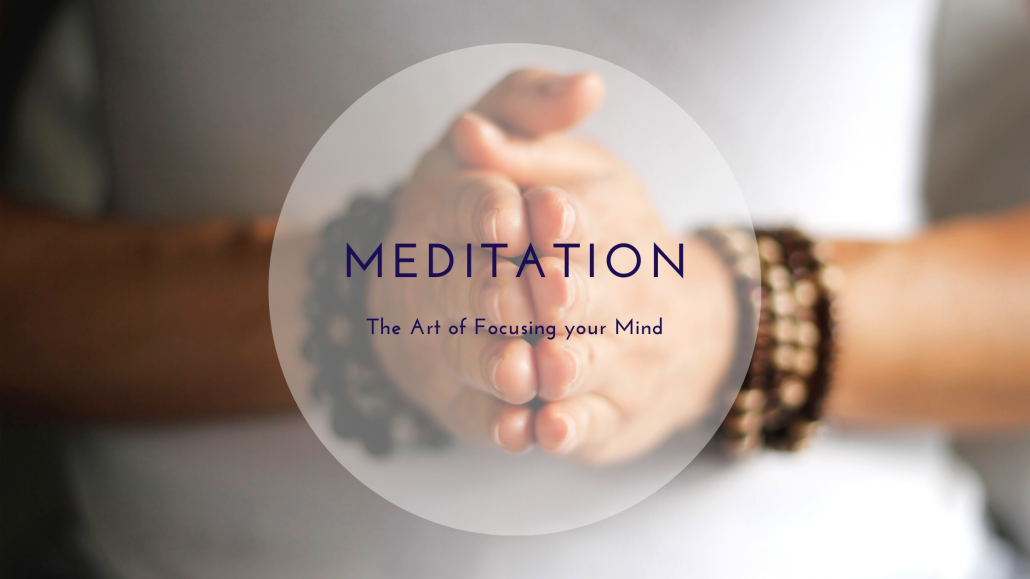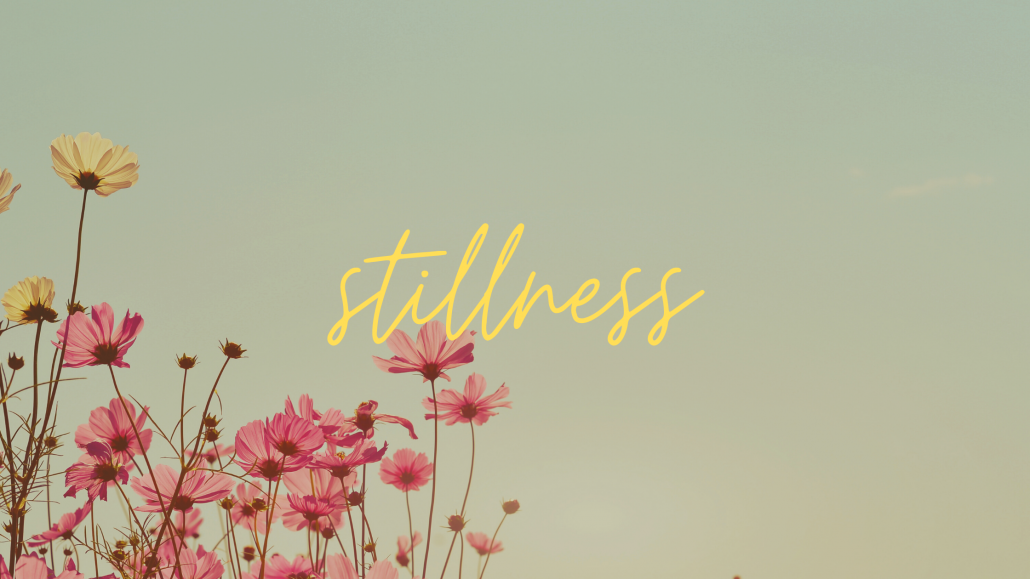Is Meditation the Missing Piece in Your Fitness Journey?
When most people hear the word meditation, they picture someone sitting cross-legged in a quiet room, eyes closed, trying to “empty” their mind. It sounds boring, uncomfortable, or even impossible — especially for those of us who thrive on movement, energy, and connection.
But what if I told you meditation isn’t actually about emptying your mind at all? What if, instead, it’s about training your mind and body to create the future you want — in the same way you train your muscles in the studio?
That’s exactly what I’ve been exploring through the work of Dr. Joe Dispenza. His approach to meditation goes far beyond stillness or stress relief. It’s about becoming the creator of your life. You don’t just sit there waiting for something to happen — you set an intention and give your body and brain a new blueprint to follow.
Why is meditation so hard for so many of us?
We live in a world that constantly pulls us outward: workouts, work schedules, social feeds, family demands. We’re always doing, but rarely being. Even in fitness, we can get caught in that endless loop — pushing harder, adding more classes, trying to outdo ourselves.
The problem? You can’t truly build strength or find balance if your mind is running the same old stories. That’s where meditation comes in as the missing piece.
Meditation as mental strength training
Think of meditation as mental strength training — the same way you strengthen your glutes or core. In Dr. Joe’s approach, you’re not just relaxing; you’re rehearsing a new future. You’re teaching your nervous system to feel elevated emotions like gratitude, love, joy — before the physical evidence shows up.
When you practice this consistently, you start to move differently, teach differently, and live differently. You become less reactive, more creative, and more aligned with your goals — in and out of the studio.
When you change your energy, you change your life.” – Dr. Joe Dispenza
Where to start (even if you’re skeptical)
You don’t need hours on a cushion or a silent retreat. You can start small:
- Set an intention before your workout or your day. Ask yourself: How do I want to feel today? Who do I want to be when I leave this room?
- Take five minutes to breathe deeply and visualize yourself already living that intention. Perhaps you invite this in at the end of your yoga practice in Savasana.
- Notice your patterns — are you telling yourself you’re too busy, too old, not good enough? What if that story is exactly what’s holding you back?
These small moments build up. Just like lifting weights or practicing your yoga poses, each repetition rewires you.
Ready to explore this with me?
I’ll be sharing more about integrating these practices into my own life and into classes in the future. Please note I am not a Neuroscience Change Solutions provider and can only offer support on these practices. For now, I invite you to start playing with this idea. If you’re curious to go deeper, you can explore Dr. Joe Dispenza’s work here https://drjoedispenza.com/





